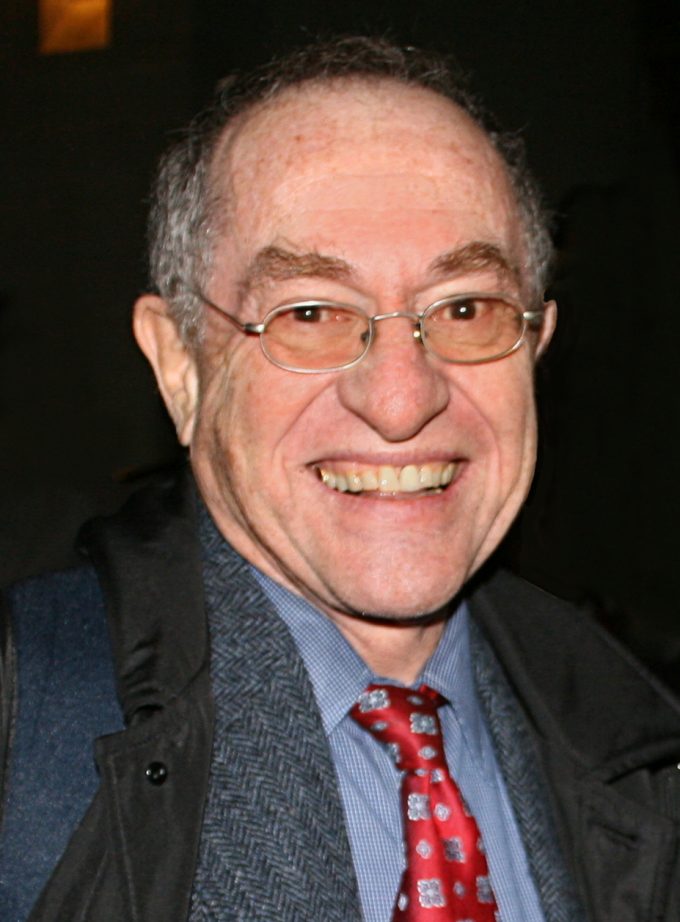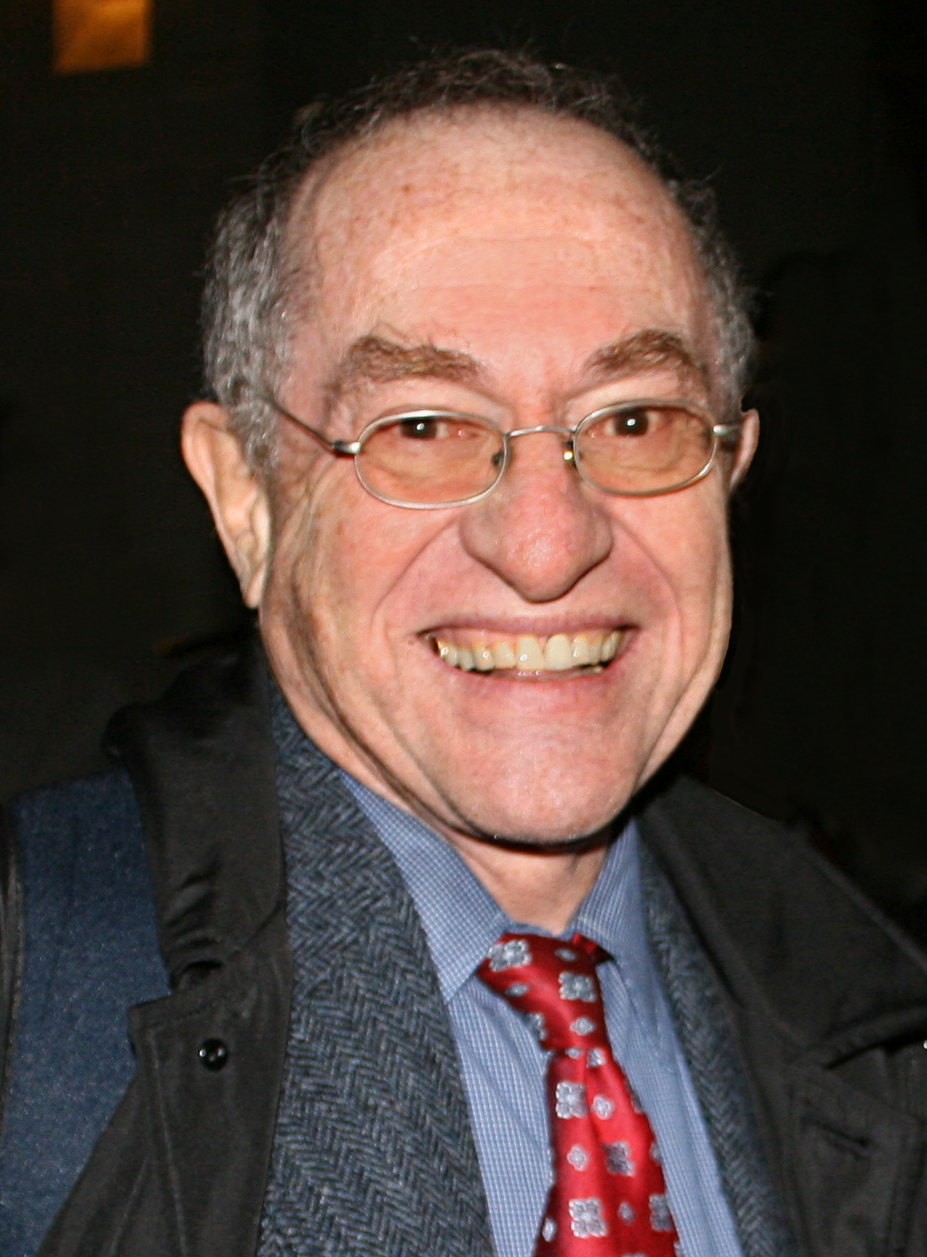Introduction
By Alan M. Dershowitz
The trial, conviction, death sentence and its commutation and eventual lynching of Leo Frank during the second decade of the twentieth century, constitute a major episode not only in American legal history, but also in the development of American political institutions. The Knights of Mary Phagan, formed to avenge the murder of the young factory worker for which Frank was convicted, became an important component of the twentieth century resurrection of the Ku Klux Klan. The Anti-Defamation League of B’nai Brith was founded in reaction to the anti-Semitism generated – or at least disclosed – by the Frank case.
Sometimes characterized as the American “Dreyfus” case (a reference to the frame-up of a French Jew which fanned the flames of nineteenth century European anti-Semitism), the trial of Leo Frank in Atlanta, Georgia was conducted in a carnival atmosphere. Crowds outside the courthouse sang “The Ballad of Mary Phagan,” which included the following lyrics:
Little Mary Phagan

She left her home one day;
She went to the pencil-factory
To see the big parade.
She left her home at eleven,
She kissed her mother good-by;
Not one time did the poor child think
That she was a-going to die.
Leo Frank he met her
With a brutish heart, we know;
He smiled, and said, “Little Mary,
You won’t go home no more.”
Sneaked along behind her
Till she reached the metal-room;
He laughed, and said, “Little Mary,
You have met your fatal doom.”
Down upon her knees
To Leo Frank she plead;
He taken a stick from the trash-pile
And struck her across the head.
Crowds inside the courtroom shouted anti-Jewish epithets, and demanded Frank’s death. The smell of the lynch mob was in the air.
The State’s star witness was a black maintenance worker at the factory which Frank managed and at which Mary Phagan worked. He testified that Frank killed the young girl and ordered him to dispose of the body. When the jury convicted Frank, it was the first time in memory that a white man had been convicted of murder on the basis of uncorroborated testimony of a black witness. This apparent advance in racial justice was explained away by a local observer who said: “That wasn’t a white man convicted by that N…’s testimony. It was a Jew.”
Predictably, Frank was convicted, sentenced to death and denied relief on appeal, despite some critical dissenting words from Justice Oliver Wendell Holmes. Unpredictably, the Governor of Georgia decided to commute Frank’s death sentence and leave him to serve out a term of life imprisonment. That appeared to be a great victory for Frank and his many supporters around the country, since the evidentiary foundation underlying Frank’s conviction was beginning to crumble as a result of the discovery of new evidence strongly suggesting that it was the government’s star witness – and not Frank – who had killed the victim. It seemed only a matter of time before Frank would be freed from his imprisonment.
In order to prevent Frank’s freedom, several of the “best” citizens of Georgia – including a minister, two former Supreme Court Justices, and an ex-sheriff – decided to take the law into their own hands. They constituted themselves as a vigilante committee and let it be known that they intended to kidnap Frank from prison and lynch him. Despite some perfunctory efforts by prison authorities to protect Frank, the lynch mob had little difficulty breaking into the prison and kidnapping Frank. It was obvious that at least some of the prison authorities were in on the plan. Frank was taken to Marietta, where he was lynched. Everyone knew exactly who was involved in the lynching – indeed some members of the lynch mob boasted about their participation and gave interviews to the press. Photographs of the lynching and souvenir pieces of the rope were sold throughout Georgia. Nonetheless, the coroner’s jury investigating the murder of Leo Frank concluded that it was unable to identify any of the perpetrators. This was typical of lynchings in the South during that era. The only difference is that this victim was not black.
There is a fascinating and largely unknown ethical story behind the public legal story of the Frank case. I use it as a teaching vehicle in my course on legal ethics. It turns out that while Leo Frank was on death row, one of Atlanta’s most prominent lawyers learned that Frank was innocent and that another man – presumably the government’s star witness – was the killer. We do not know for certain whether the real killer confessed directly to the lawyer, or to another lawyer who then sought ethical advice from the pillar of the bar. This is the way the eminent lawyer described it in his own writings:
I am one of the few people who know that Leo Frank was innocent of the crime for which he was convicted and lynched. Subsequent to the trial, and after his conviction had been affirmed by the Supreme Court, I learned who killed Mary Phagan, but the information came to me in such a way that, though I wish I could do so, I can never reveal it so long as certain persons are alive. We lawyers, when we are admitted to the bar, take an oath never to reveal the communications made to us by our clients; and this includes facts revealed in an attempt to employ the though he refuses the employment….The Law on this subject may or may not be a wise law – there are some who think that it is not – but naturally since it is the law, we lawyers and the judges cannot honorably disobey it.
The eminent lawyer (and any other lawyer who may have received the real killer’s confession in confidence) was forced into the most excruciating legal, ethical and moral dilemma a professional can possibly confront. The ethical rules of the profession are fairly clear. There is no available exception to the rule mandating confidentiality of privileged communications about past crimes. It is not a future crime for a guilty client to remain silent while an innocent man goes to his death for the murder committed by a silent, guilty client. The issue is a bit more complicated if the confessing client was, in fact, the witness who testified against Frank, for the client would then be confessing to perjury. Some courts and commentators have suggested that allowing perjured testimony to remain unrecanted, while the victim of the perjury remains under a death or prison sentence, may constitute a continuing fraud on the court, and thus an exception to the lawyer-client privilege. But that line of authority is hazy at best, and the eminent lawyer did not apparently consider it. He saw the legal and professional ethics issue as simple and straightforward. That still left the moral and personal issue of whether any human being – regardless of his or her profession – can and should allow a preventable miscarriage of justice to be carried out, especially in a capital case. My students in legal ethics generally split down the middle over whether they would violate the rules of the profession – engage in an act of civil disobedience against their own client – in order to save an innocent non-client.
In a typically lawyer-like way, the eminent lawyer in the real case apparently saw to it that the governor learned the information known to him, but without his own “fingerprints” being on the communication. This is how he put it: “Without ever having discussed with Governor Slaton the facts which were revealed to me, I have reason to believe, from a thing contained in the statement he made in connection with the grant of the commutation, that, in some way, these facts came to him and influenced his action.” But the eminent lawyer’s compromise did not work. Although the governor did commute Leo Frank’s sentence, he was not able to persuade a vengeful public of Frank’s innocence. I doubt that Frank would have been lynched had the eminent lawyer come forward and disclosed his information. Instead, his client would almost certainly have been lynched. The complexity of ethical and moral issues in the law can rarely be resolved by simple compromise solutions of the kind attempted by the lawyer in the Frank case. Indeed some such issues have no entirely satisfactory solutions.
Nearly seventy years after Leo Frank’s murder, new evidence of his innocence emerged. An eighty-two-year old man, who have been a youthful eyewitness to events surrounding the killing of Mary Phagan, finally came forward and told what he had seen back in 1913. His evidence contradicted the State’s star witness and strongly suggested that the murder was committed by that same witness, the black maintenance man. The murderer threatened the young witness with death if he ever mentioned what he had observed, and he did not come forward for all those years. Now, he has told his story and it seems to have persuaded most objective people that Leo Frank was lynched for a crime committed by someone else.
Finally, in 1986 Frank was posthumously pardoned with following official apology: “The lynching aborted the legal process, thus foreclosing further effort to prove Frank’s innocence. It resulted from the State of Georgia’s failure to protect Frank. Compounding the injustice, the State then failed to prosecute any of the lynchers.” Remarkably, some Georgians continued to resist the pardon.
Alan Dershowitz
Cambridge, Massachusetts
January 11, 1991
Source: Dinnerstein, Leonard. The Leo Frank Case. Notable Trials Library edition, 1991.
